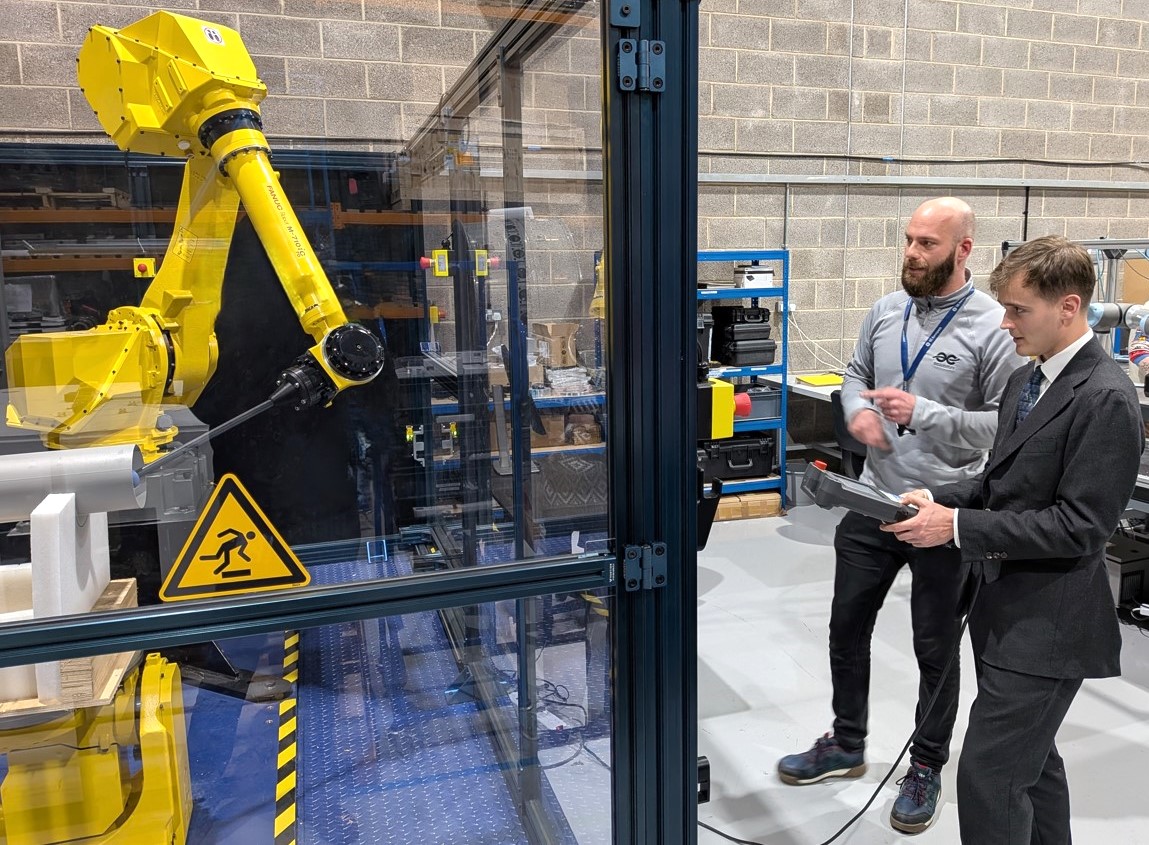Williams sets out new approach to carbon composites

Above:
Williams Advanced Engineering FW-EVX electric vehicle platform concept.
Known as 223 and Racetrak, these technologies offer comparable performance to existing composites solutions, but with a range of additional benefits, and at a cost that brings them within reach of mainstream applications. These are not simply manufacturing innovations: they are end-to-end, whole-life solutions that address every aspect of the manufacture, use and recycling of carbon fibre reinforced polymer (CFRP) and the way in which its remarkable properties can enable new approaches to vehicle design and manufacture.
“Racetrak and 223 are just two examples of a new generation of technologies, developed and commercialised by Williams Advanced Engineering,” said Chief Technology Specialist, Lightweight Structures Iain Bomphray, the Williams Advanced Engineering innovator behind these two breakthroughs. “With this approach, we have the potential to develop new, growing areas of business that will also make significant contributions to the industries in which we work.”
CFRP is a material of huge promise. Its exceptionally high strength-to-weight ratio, impressive stiffness and excellent fatigue and environmental resistance make it an attractive choice for a wide variety of industries and applications.
This is particularly pertinent to the automotive industry, where lightweighting is seen as one of the primary tools needed to meet increasingly stringent fuel economy and emissions targets, as well as support the range required from electric vehicles. However, the advantages of CFRP extend across many sectors, from railway carriages to wind turbines.
Despite these compelling benefits, and recent process advances from the automotive and aerospace industries, a number of factors have held back the mass adoption of CFRP. Chief among these is cost, with traditional composite production methods involving expensive materials and lengthy process times. They also incur a relatively high scrap rate (typically around 30%), compounded by the challenges of recovering the carbon from pre-impregnated off-cuts, and of finding value from the material at the end of the product life.
These challenges have seen the application of CRFP largely confined to niche applications. In the automotive sector, for instance, a body-in-white structure produced with traditional composite techniques is typically around 60% lighter than one manufactured in steel, yet around 20 times the cost. This has limited its application to vehicles that are low volume / high cost, or where the vehicle manufacturer subsidises the process as part of their learning around new technologies.
The innovations from Williams Advanced Engineering aim to address these challenges to unlock the benefits of CFRP.
“We are focusing our expertise on energy management, aerodynamics, thermodynamics and lightweighting. As tools for efficiency improvement, these are all highly synergistic, so considering them as an integrated system allows us to increase significantly the total benefits,” explained Williams Advanced Engineering Technical Director Paul McNamara. “While we have undoubtedly learnt a great deal from success in Formula 1 and Formula E, they are high-profile examples of what we do. Behind closed doors, we are solving challenging problems for world-class companies across a wide range of sectors and working with some of the most highly-regarded manufacturers on next-generation, low carbon technologies.”












